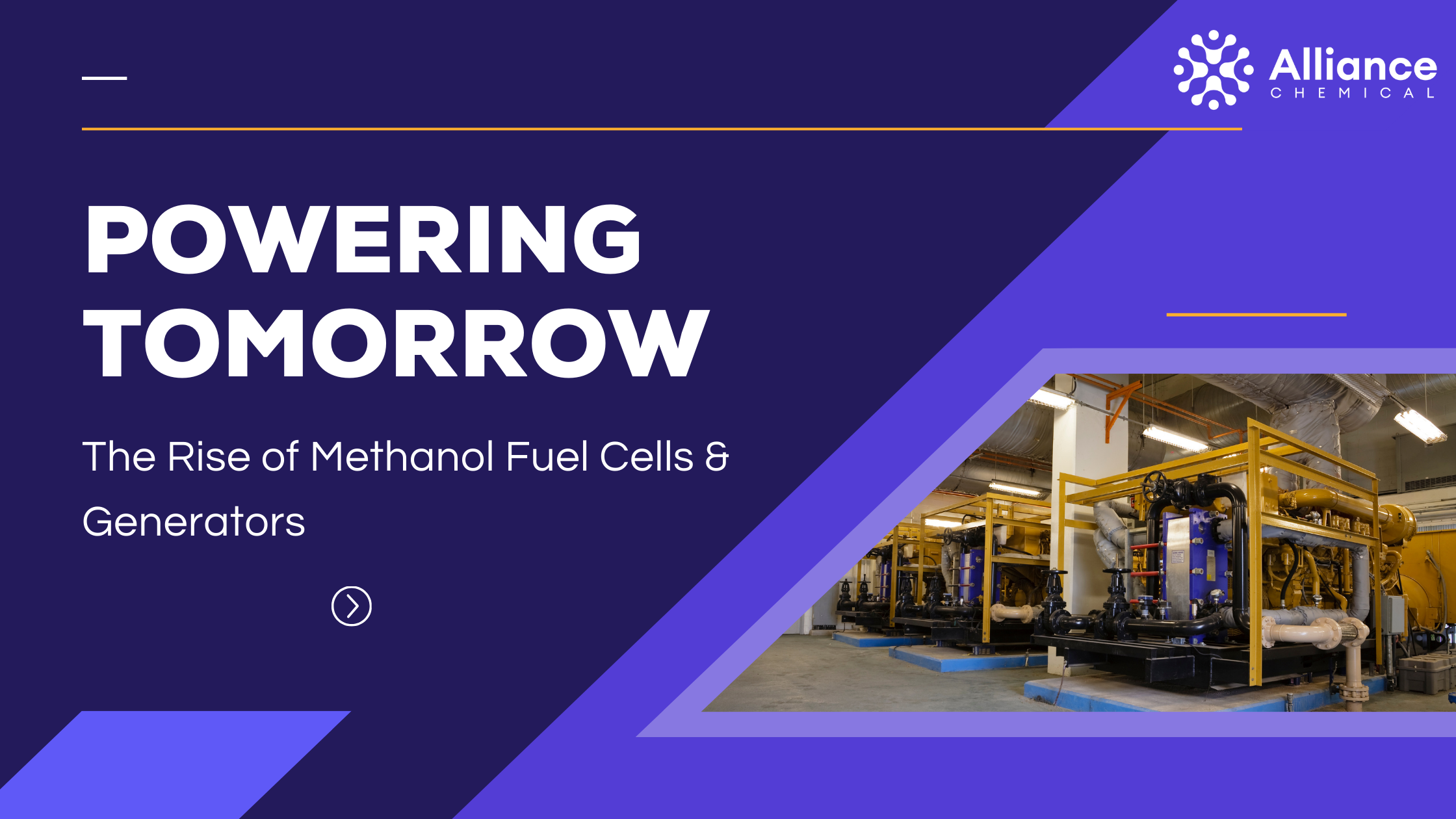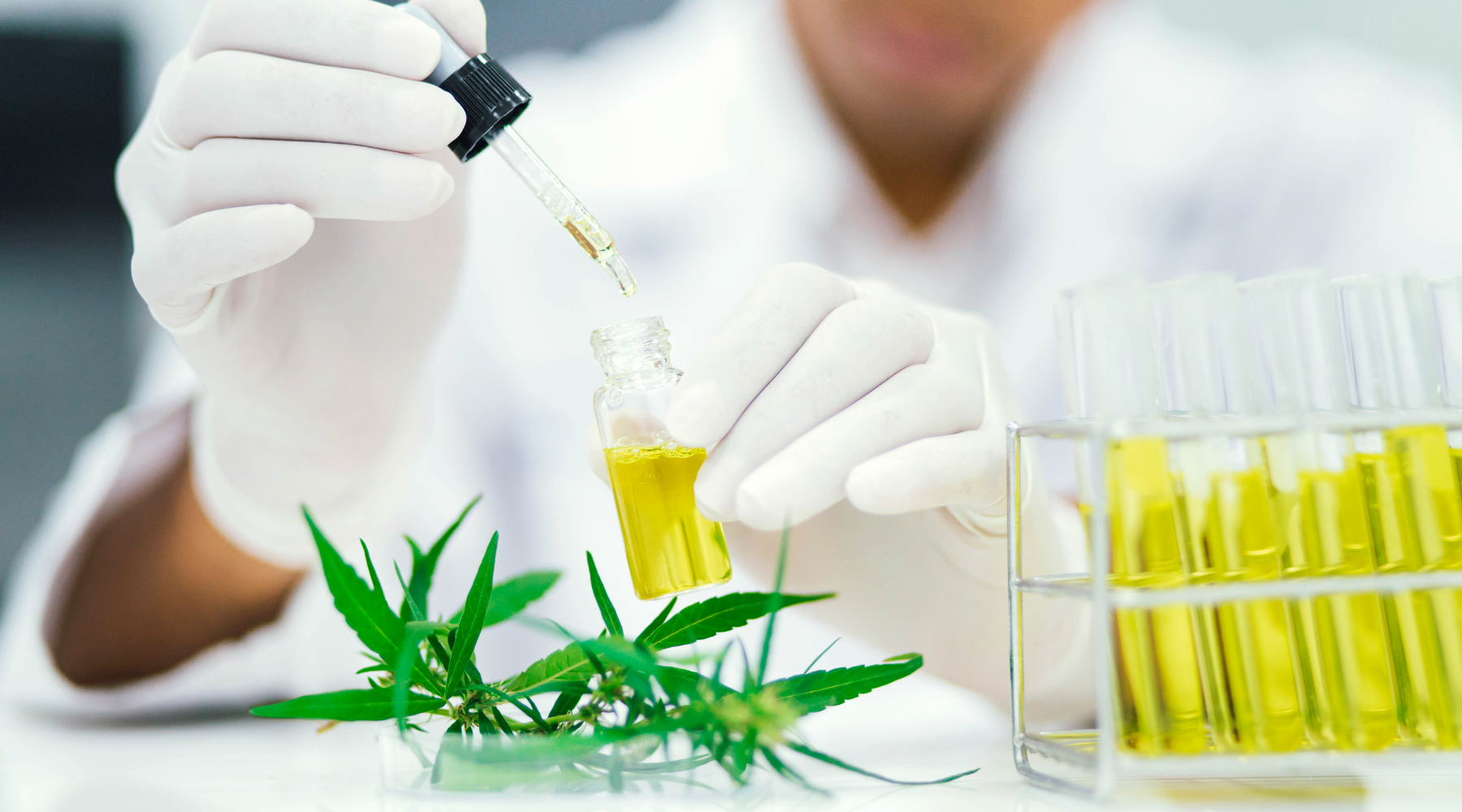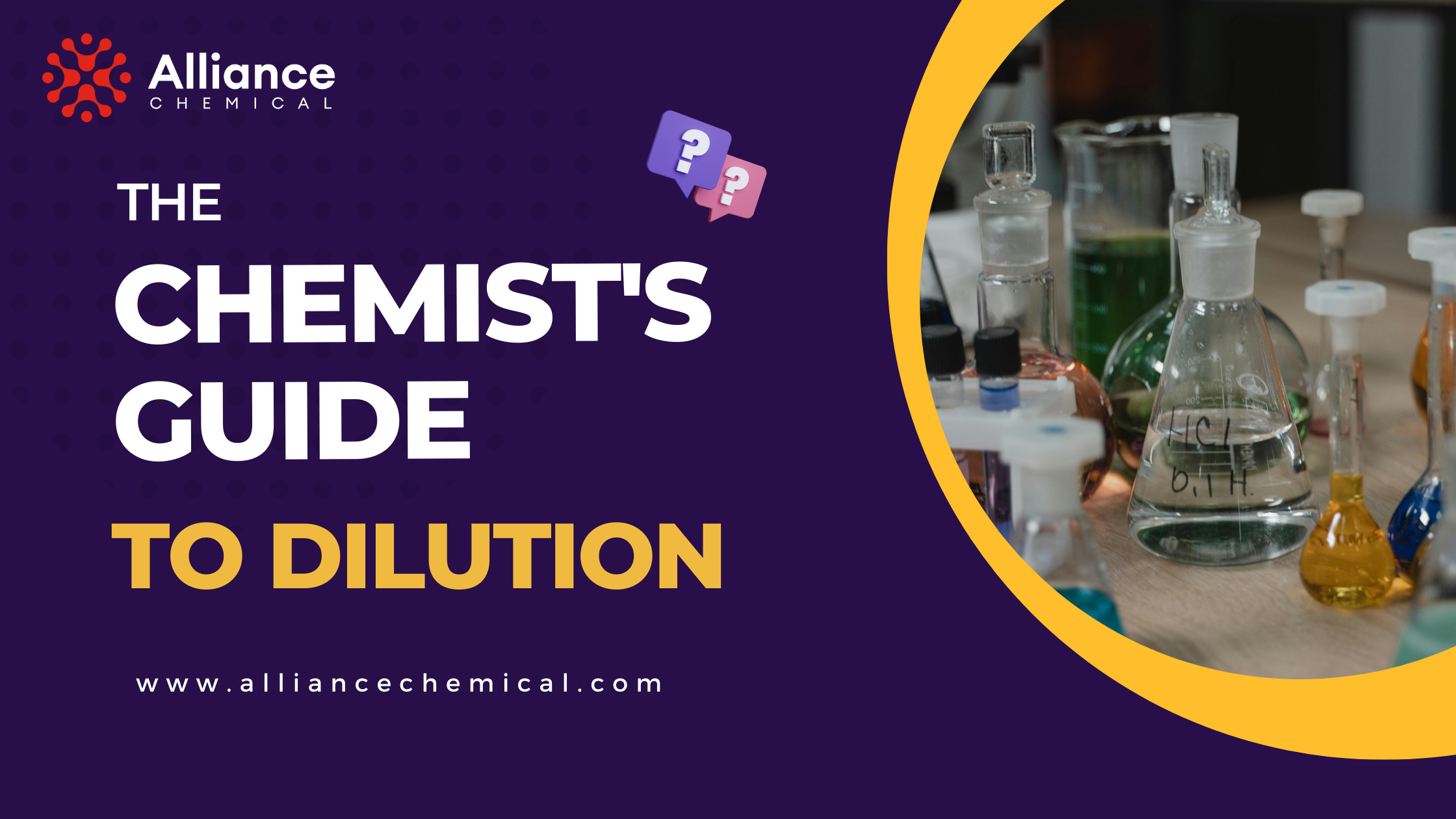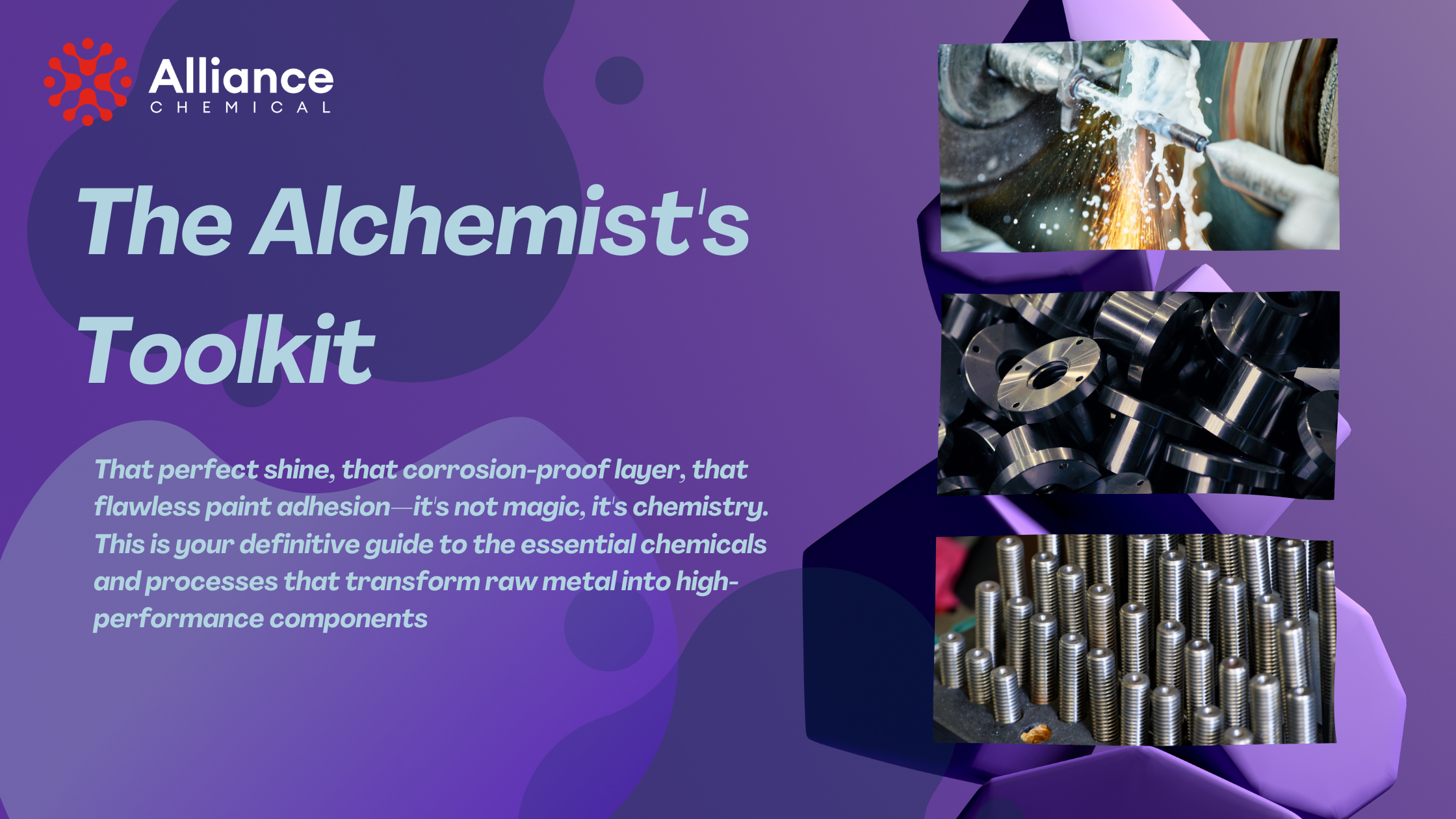
Powering Tomorrow: The Rise of Methanol Fuel Cells & Generators
Table of Contents
Summary
For decades, we've relied on the noisy, polluting diesel generator for off-grid power. But what if there was a better way? A technology that offers the convenience of a liquid fuel with the clean, silent power of hydrogen? That technology is the methanol fuel cell, and it's changing the game. In this definitive guide, our 15-year technical expert Andre Taki breaks down everything you need to know: how methanol-to-hydrogen reformers work, the game-changing advantages over diesel in noise and emissions, and the single most critical factor for success—fuel purity. This isn't just a look at the future of energy; it's a masterclass in the chemistry that powers it.
📋 What You'll Learn
This guide will walk you through powering tomorrow: the rise of methanol fuel cells & generators with detailed instructions.
The Search for a Better Power Source
For nearly a century, the diesel generator has been the undisputed king of off-grid and backup power. It's reliable, powerful, and uses a globally available fuel. But in today's world, its drawbacks are becoming more apparent: loud noise, harmful emissions (NOx, SOx, particulates), and the logistical challenges of fuel storage.
Industries from maritime shipping to data centers and emergency services are asking a critical question: "Is there a better way?" The answer, surprisingly, lies in a technology that combines the best of both worlds: the convenience of a liquid fuel with the clean, silent power of hydrogen. This technology is the **methanol fuel cell generator**.
How It Works: The Magic of Methanol-to-Hydrogen
A methanol fuel cell generator isn't a single component; it's an elegant system that performs a two-step process to create electricity on demand. It's a miniature chemical plant and power station rolled into one.

A cutaway view illustrating how liquid methanol is converted to hydrogen, which then powers fuel cells to generate electricity.
Step 1: The Reformer - Creating Hydrogen from Methanol
The first stage is the **steam reformer**. Here, a mixture of high-purity methanol and deionized water is heated to a high temperature (typically 250-350°C) in the presence of a catalyst. This triggers a chemical reaction that breaks down the methanol and water, rearranging their atoms to produce a hydrogen-rich gas called "reformate."
Step 2: The Fuel Cell - Turning Hydrogen into Electricity
The hydrogen gas from the reformer is then fed into a **Proton-Exchange Membrane (PEM) Fuel Cell**. This is where the electricity is actually made.
- Hydrogen atoms are stripped of their electrons at the anode.
- The protons pass through a membrane to the cathode, while the electrons are forced to travel through an external circuit—this flow of electrons *is* the electricity.
- At the cathode, the protons, electrons, and oxygen from the air combine to form the only byproduct: pure, clean water.
The result is a continuous, stable supply of electricity with minimal noise and significantly reduced emissions compared to traditional combustion.
The Unbeatable Advantages of Methanol Power
Why go through this process instead of just burning diesel? The benefits are transformative for a huge range of industries.
- High Energy Density: Unlike batteries, which are heavy and have a limited range, methanol is a dense liquid fuel. You can store a massive amount of energy in a small, lightweight tank, making it perfect for marine vessels, long-haul trucking, and remote power stations.
- Clean Emissions: The process produces minimal NOx, SOx, and particulate matter—the most harmful pollutants from diesel. While it does produce CO₂, if the methanol is created from renewable sources ("green methanol"), the entire cycle can be carbon-neutral.
- Quiet Operation: A fuel cell operates through an electrochemical reaction, not combustion. It's virtually silent, a game-changer for applications in residential areas, film sets, or military operations.
- Existing Infrastructure: Methanol is a liquid at ambient temperature and pressure. It can be stored, transported, and refueled using the same infrastructure we already have for gasoline and diesel, making the transition far easier than building a new high-pressure hydrogen economy.
The Showdown: Methanol Fuel Cell vs. Diesel Generator
When you put the two technologies head-to-head, the future becomes clear. While diesel has a lower upfront cost, the operational, environmental, and logistical benefits of methanol are compelling.

The traditional diesel generator: reliable, but noisy and high in emissions.
| Factor | Methanol Fuel Cell Generator | Conventional Diesel Generator |
|---|---|---|
| Emissions | Near-zero NOx, SOx, Particulates. Produces CO₂ and water. | Produces significant NOx, SOx, Particulates, CO₂, and other pollutants. |
| Noise Level | Virtually silent (~55 dB, like a conversation). | Very loud (70-90+ dB, like a vacuum cleaner or lawnmower). |
| Fuel Handling | Simple, low-pressure liquid. Biodegradable if spilled. | Oily, toxic, non-biodegradable liquid fuel. |
| Upfront Cost (CAPEX) | Higher due to advanced technology (reformers, fuel cells). | Lower, as it is a mature, mass-produced technology. |
| Maintenance | Fewer moving parts, longer service intervals. Requires catalyst management. | Requires frequent oil changes, filter replacements, and engine servicing. |
| Efficiency | High efficiency (40-60%), especially under partial load. | Lower efficiency (30-40%), which drops significantly at partial load. |
The Fuel Itself: Why High-Purity Methanol is Non-Negotiable
The heart of the methanol-to-hydrogen system—the steam reformer—is a masterpiece of chemical engineering. Its catalysts are highly sophisticated and extremely sensitive to impurities. This is where the quality of your fuel becomes paramount.
The Threat of Catalyst Poisoning
Using low-purity methanol containing contaminants like sulfur, chlorides, or other organic compounds can lead to "catalyst poisoning." These impurities permanently bond to the catalyst's active sites, deactivating it and crippling the reformer's ability to produce hydrogen. This results in reduced efficiency, system failure, and costly repairs.
For this reason, developers and operators of methanol fuel cell systems demand high-purity fuel.
- Methanol ACS Reagent Grade: This is the gold standard for laboratory R&D and performance testing of new fuel cell technologies, guaranteeing virtually zero impurities.
- High-Purity Technical Grade: For commercial operation, a consistently high-purity technical grade is essential to ensure long-term reliability and protect the significant investment in the fuel cell hardware.
At Alliance Chemical, we understand that providing the fuel is only half the battle. Providing the *right specification* of fuel is what ensures our customers' advanced systems perform as designed.









